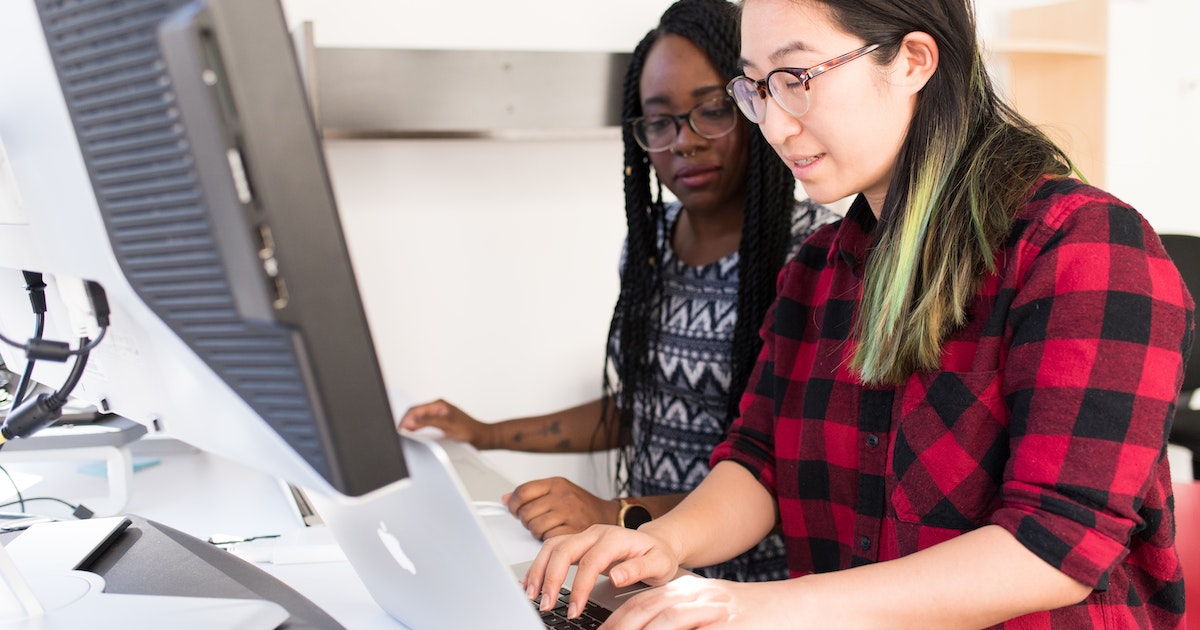However, this alone will not result in a successful product. What effect does it have on the user?
Is it visually appealing? What distinguishes it such that someone would choose it over another smartphone? Consider the Apple iPhone. It skillfully mixes appearance and usefulness.
While some cell phones have inconvenient start-ups that require hurriedly scanning through an instruction booklet, the iPhone works right out of the box, cheerfully guiding you through the setup procedure. The solutions you develop should not prioritize usability over aesthetics, and vice versa—all it’s about is striking a balance.
3. Become an In-Demand Professional in a Growing, Multidisciplinary Industry with Low Barriers to Entry
Employers’ interest in UX design in the United Kingdom will increase by 289% by 2020. According to Hired.com’s Mind The Mismatch research, UX design is one of the skills with the most significant supply and demand gap.
UX design was ranked fifth on LinkedIn’s list of 15 skills that will get you hired in 2020. According to CNN Money’s Best Jobs in America 2015 report, UX design will expand by 18% between 2015 and 2025.
Indeed and LinkedIn include thousands of job advertisements, mainly in the United States, the United Kingdom, and Canada, with several remote choices. As more firms recognize the value of UX design, career opportunities and job stability are expected to increase in 2022.
We all know UX design is creative and analytical, but it goes much further. Other fields included in the area include psychology, technology, visual design, and sociology. It is, in reality, the definition of multifaceted.
This not only makes the work more fascinating, fulfilling, and challenging, but it also lowers the entry hurdles. You can apply your skills to UX design whether you are a psychologist in training or have practiced for many years. When it comes to knowing user behavior, you already have a significant advantage.
Even if your present field isn’t directly related to UX design or the disciplines stated above, the skills and abilities you already have will help you on your UX career path.
4. It’s Relatively Easy to Switch to a Career in UX Design
It is never too late to switch careers. New and intriguing professions emerge as society progresses. In truth, Don Norman didn’t develop the phrase “user experience” (UX) until 1995, and it wasn’t until the early 2000s that UX design became an actual job.
There are numerous reasons why being a UX designer is an exciting possibility, and there are multiple ways you might take to get there. So, instead of letting your history hold you back on your path to becoming a UX designer, utilize it to stand out and learn what you need to take the first step.
Many of the skills required for success as a UX designer are transferrable from other professions. Your prior experience will always be beneficial. Let’s look at some particular examples of how you can transition into UX design:
• If you’re a graphic designer, your talents in emotional design, creative thinking, and prototyping will come in handy. You will need to develop a user-centric mentality and learn how to work with iterative processes and multidisciplinary teams. Learn more about transitioning from graphic design to UX design here.
•If you work in marketing and want to become a UX designer, you can apply your research and customer—user—psychology abilities. Your prior knowledge of how to make a product attractive and appealing to your buyer can help you. You will need to shift from a conversion-focused approach to a user-experience mindset and learn about individual habits. If you’re considering taking your initial steps toward UX design, go here for further information.
• You’ll fit right in if you’re a web designer working in multidisciplinary teams. Furthermore, you have a lot of experience solving many types of difficulties, which will transfer quickly. You must change your emphasis from technology to user experience. It would help if you considered how the user feels when using a product and whether or not the technology works properly. You can discover additional practical information here if being a UX designer sounds appealing to you.
• As a business manager, you can surely benefit from your “big picture thinking,” which will help you make better decisions for your users. You’ll need to understand how to develop a user-centric attitude and become acquainted with design methods. Learn more about transitioning from business management to UX design here.
